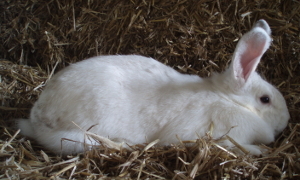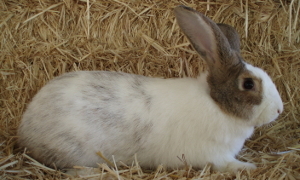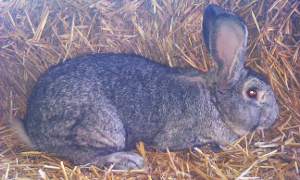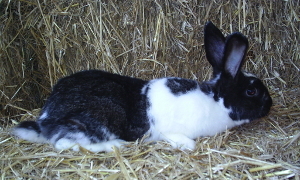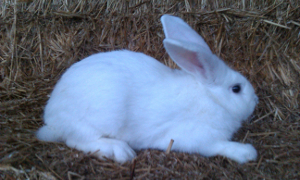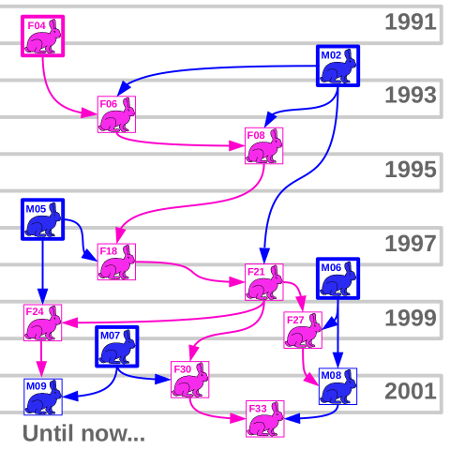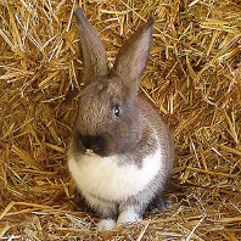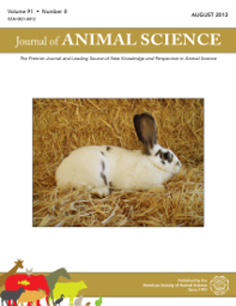MARET rabbits
The Multiple Autochthonous Rabbit Eco-Types (MARET) traces back to my last year in primary school (1991-92). I was thirteen and there were some rabbits in my parents' farm. After several unsuccessful attempts, I started collecting their pedigree data. Of course, I had no idea about quantitative genetics, animal breeding, inbreeding... nor had I planned the foundation of a new rabbit line (I was five years shy of being addmited to Vet school). Nevertheless, it was the beginning.
This population has kept with small census during its whole history. Not more than two or three bucks and up to ten does as maximum. Indeed, it was close to extinction in 2016 because of a myxomatosis outbreak that killed all adult bucks and some does. One purebred litter saved the MARET population by providing two male siblings that overcame disease. Once again in 2020, an outbreak of epizootic rabbit enteropathy dispatched many litter and most of the adult does. Bottleneck over bottleneck...
In May, 2022, there was one adult (and one immature) buck and three does in the farm. Although these small numbers may be seen as useless, current breeding stock are the witness of more than 5,700 bunnies born from 764 litters since 1992. Between years 2015-2017, purebred does averaged 6.85 bunnies per litter, and their weaning weight (30d) reached 546.0g; subsequent average growth was 27.2g/d with 3.9% mortality during the fattening period. As an example, the first litter born in 2018 was 72.8% inbred. Current coat patterns are Dutch-like, solid (sometimes with white marks on feet, chest, nose and forehead) and English-spotted, and color restricts to Agouti/Chinchilla (and intermediate tones) or (recessive) black.
The founding process
The MARET population was accidentally founded in 1992 by the acquisition of one doe (F04; Vilafraser, Spain) and one buck (F02; Salt, Spain) from two rural rabbit farms without known relationships among them. After that, three more unrelated bucks were acquired on 1996 (F05; Vilafraser, Spain), 1998 (F06; Girona, Spain) and 1999 (F07; Sant Gregori, Spain), and they contributed to the formation of this rabbit population as shown below. After F07, MARET population was closed to additional foreign contributions with all subsequent buck and doe replacements generated from purebred MARET animals.
